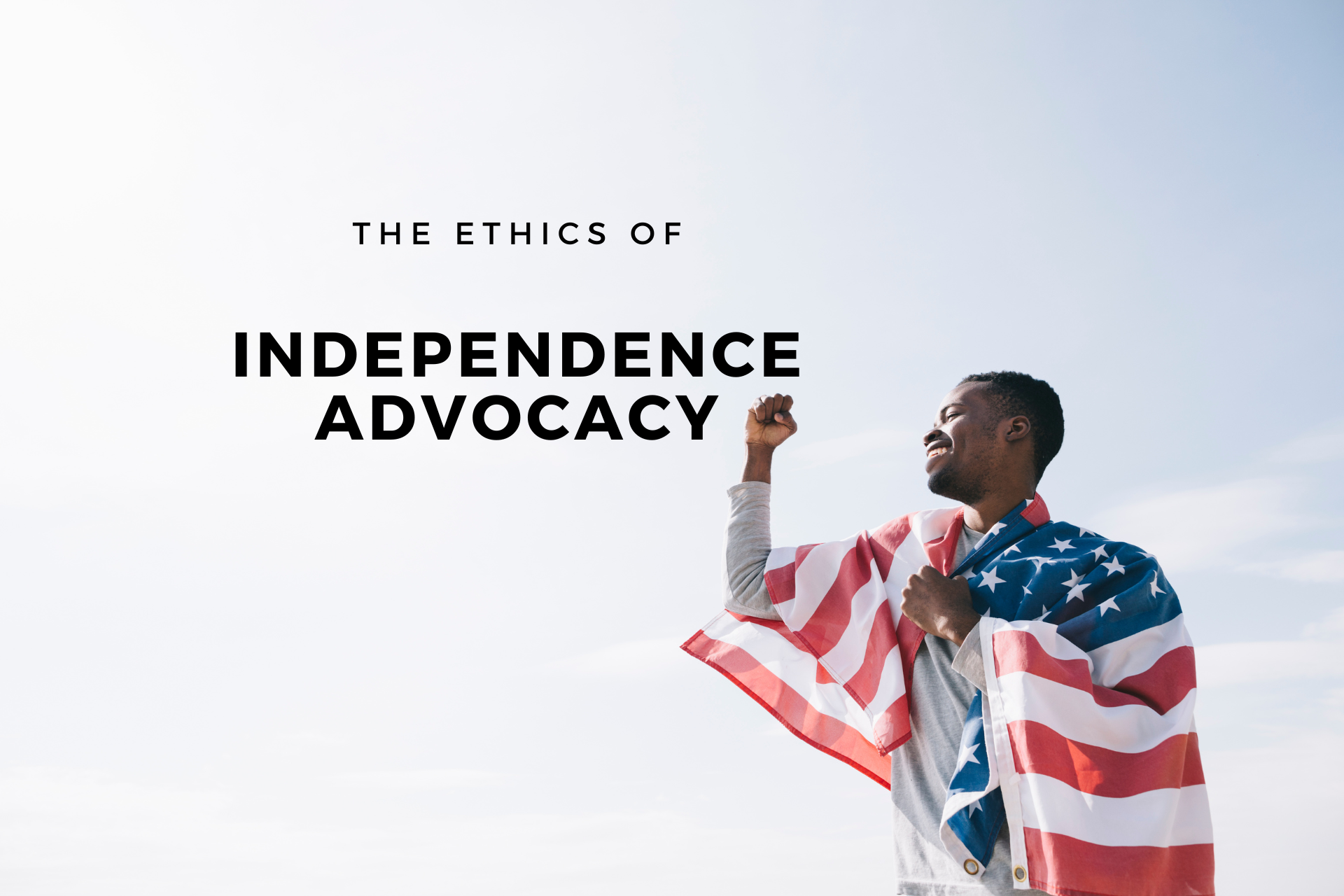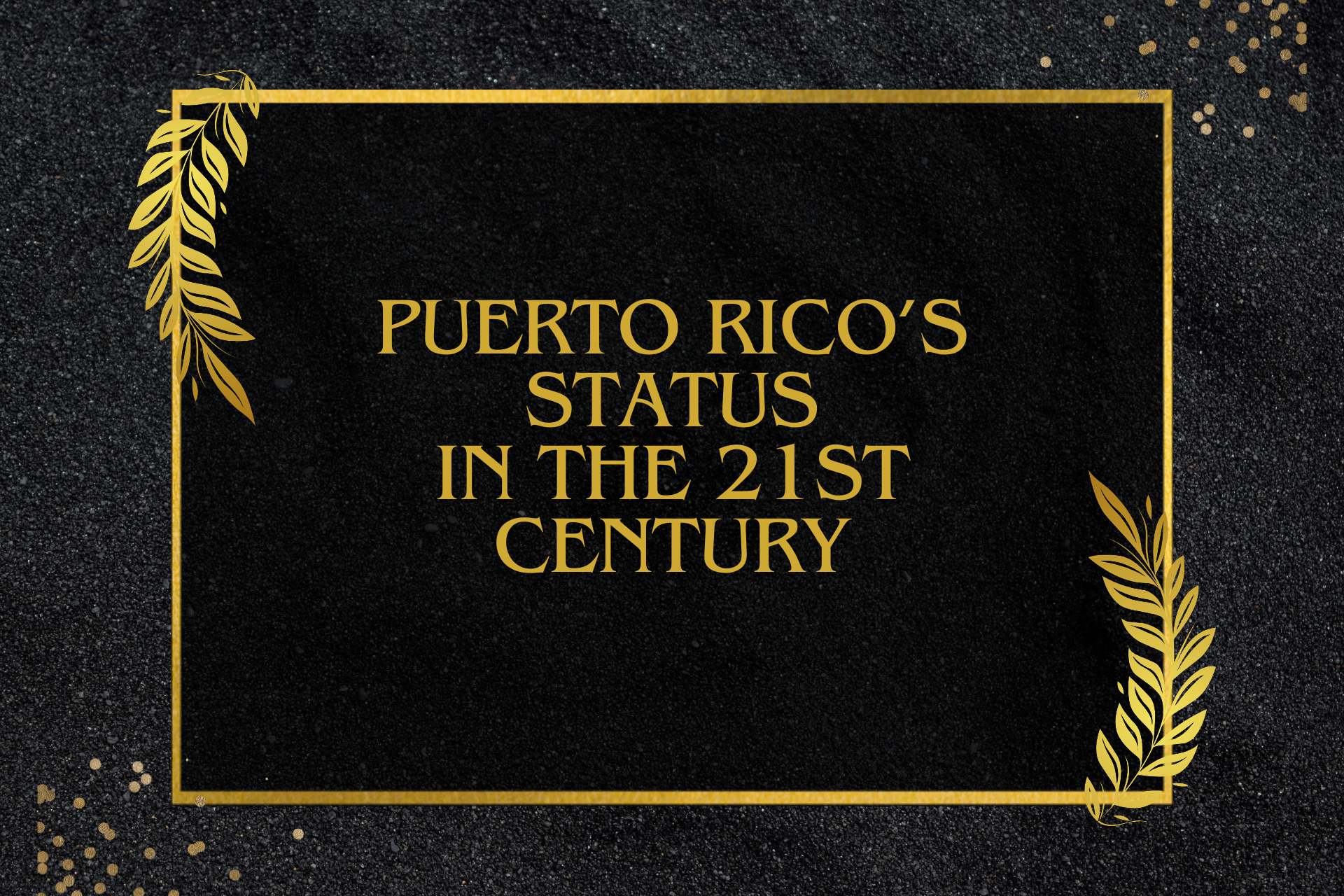Puerto Rico may be underrepresented in both state standards and textbooks, but there are additional resources available to educators now. Teachers often use online resources to address gaps in the available classroom curriculum.
The question is, do online classroom resources present Puerto Rico more accurately than textbooks? We explored examples from a popular source of supplemental materials, the Lesson Corner website. This site aggregates lessons available all over the web, from school sites to the websites of organizations like PBS and the Smithsonian.
Lesson Corner mistakenly categorizes lessons on Puerto Rico under the heading Geography/Countries/Puerto Rico, as if it were an independent country, which it is not. Puerto Rico is a territory of the United States. Lesson Corner does, however, recognize Puerto Rico by listing hundreds of lessons with connections to Puerto Rico. Many of the lessons simply use Puerto Rico as an example of an island or of a place in the tropics, asking students to create a map or a scrapbook. Others take a tourist viewpoint, directing students to tourist resources (or, in one case, “Students will ask me questions about my Puerto Rican vacation”). The Bermuda Triangle is another popular focus, and a few popular picture books turn up.
Still, there are some lessons that present information on the flora and fauna, the political status, or the history of Puerto Rico.
One offers this unusual scenario for a lesson in persuasive writing:
Scenario: “You are a Puerto Rican citizen, the President of the United States is in the process of making a decision about the fate of Puerto Rico. In the past he has let Puerto Rican citizens vote on their choice in the matter, but now he has changed his mind and wants to make his own decision. He need help in his decision whether to keep Puerto Rico a Commonwealth or help it become a state. Your job is to write to the President of the United States persuading him to see it your way. This is your only chance to get your point across to him before he makes his decision. Make sure you get your point across clearly and give plenty of reasons why you feel it should be this way. Hopefully you can persuade him to you point of view. Good Luck!”
While this may be a casual set up for a writing lesson, it may also leave students with the impression that the President of the United States alone is in the position of making decisions about Puerto Rico’s status. Under the Article IV of the U.S. Constitution (commonly known as the Territorial Clause), Congress “shall have the power to dispose of and make all needful rules and regulations respecting the territory or other property belonging to the United States.”
Another includes this definition of “commonwealth”:
commonwealth: a self-governing, autonomous political unit voluntarily associated with the United States, namely, Puerto Rico and the Northern Mariana Islands
Puerto Rico is a territory of the United States, and “commonwealth” has no legal meaning as a description of political status. The states of Virginia, Massachusetts, Pennsylvania and Kentucky also refer to themselves “commonwealths.” What’s more, Puerto Rico is not “voluntarily associated with the United States,” but is a possession of the United States.
Not all of the lessons are so inaccurate or superficial. One lesson on the Spanish-American War discusses imperialism and the relationship of the U.S. with all the properties that came to the U.S. from Spain as a result of that war, another examines the Arecibo radio dish in Puerto Rico, and a third explores the importance of media including political cartoons in the Spanish-American war and its aftermath. But these are the exceptions.
A search for resources for any of the states yields a very different result. Most states provide resources on their own history. U.S. organizations within social science and natural science disciplines also typically offer resources on the various states…but they often omit Puerto Rico.
A few good lesson plans will not be sufficient to improve the level of understanding of Puerto Rico among students (and teachers) on the mainland in a meaningful way.
Here are a few starting points for online resources about Puerto Rico that can be used in K-12 instruction.



Generally, I agree. What’s more, many kids can’t stand school in the world today, and so it
is absolutely causing them to be unhappy.
I have noticed a great number of sad things.
If only they could choose, they would be a
great deal more happy. But it is the decision of their parents.
If only everybody could see just how dangerous it really is for their kids!